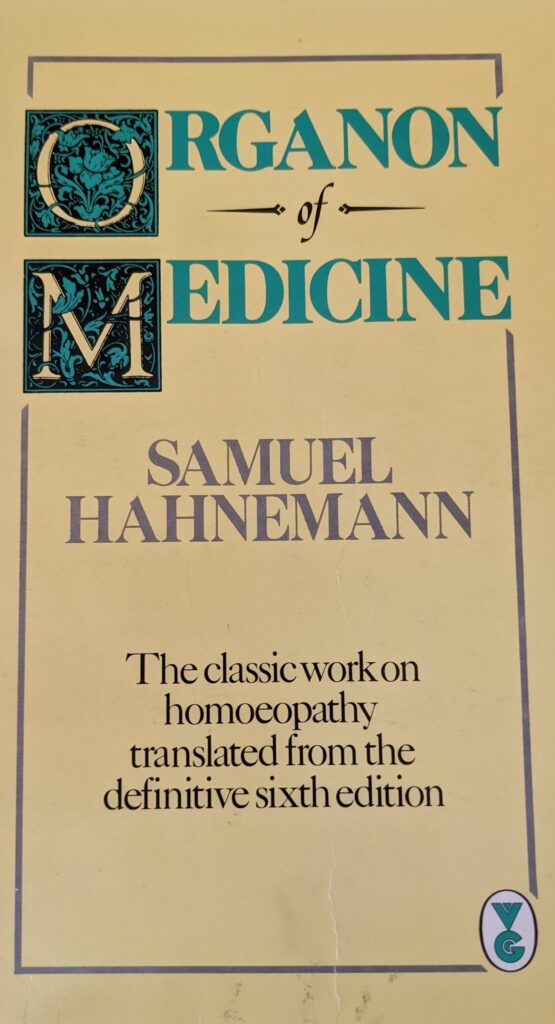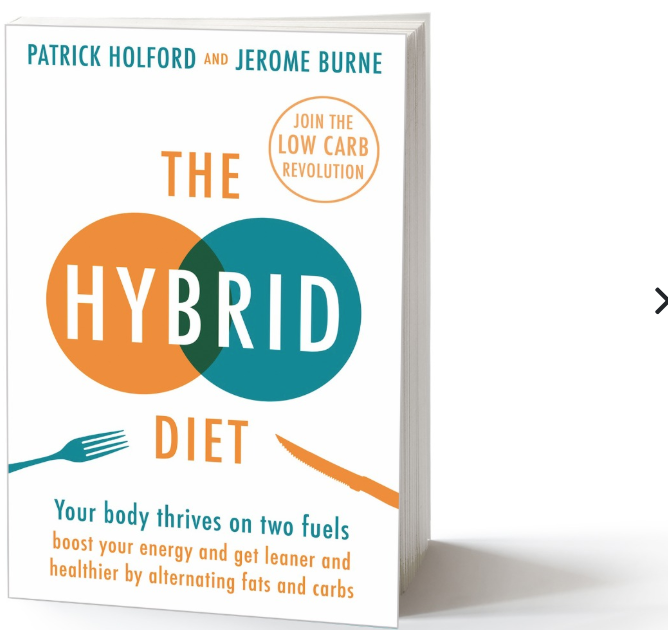At first glance there is no obvious connection between nutrition and homeopathy. But Dr Samuel Hahnemann who set down the precepts of Homeopathic Medicine wrote in the footnote to aphorism §7 of his Organon of Medicine the following:

“It is obvious that every reasonable physician will first of all remove the causa occasionalis; after that the indisposition usually disappears on its own…..”
Simply put, first sort out the basics.
I will come back to Homeopathy later, but I wish first to reflect of one of today’s health challenges, namely obesity.
There have always been some fat people.
From Emperors and Kings; fictional schoolboys (Billy Bunter!); or prodigious talents such as xylophone player Teddy Brown , whom I came across on YouTube recently.
Balancing calories in and out is one way of looking at the problem. But quite a lot goes on inside our bodies, so for some it is more complex.
But let’s consider the general picture as our diet today does not appear to be ideal.
When visiting the city of my birth (Glasgow) a few years ago, a picture caught my eye. That picture showed citizens queuing by the main station, preparing to take the train to their holiday destination. I took a photo (poor quality due to the light and reflections) and show it below.

It would be at the end of WW2 or just after. Food rationing was still in place. By and large everyone is pretty lean.
Wartime rationing was based on 3000 calories a day, which is rather more than current guidance (2000-2500 calories).
There are some rather good websites on the subject of wartime diets, should you care to browse for half an hour. Here is one example (the1940sexperiment.com).
In our history 80 years is but a moment in time. Our genetic make-up does not change that quickly. So, I think we can safety say that we have NOT evolved to carry more weight.
Wartime rationing was surely constricting (no pun), but what else might have happened since then?
I happen to edit a small journal. In the edition that I am currently working on, there is an obituary to the late Dr Vince Mainey. He was a GP in the Preston area for many years. I spoke with him not long before his death aged 84 last year, and I quote his words below:
“During the 1980’s I started to notice a decline in the body tone of teenagers; a sure sign of some nutritional deficiency.
“It is no coincidence that the years prior had seen a marked rise in processed food consumption (seed-oil rich), and a concomitant rise in chronic heart disease, diabetes and cancer, not to mention obesity.
“The consequences were not only physical, as an increasing number of parents were bringing along their children with behavioural disorders. There was also a growing waiting list for CAMHS (Child and Adolescent Mental Health Services). Simple dietary changes such as the use of cod-liver oil (Omega 3 rich) so often brought about a quick resolution. Working with those in young offender institutions brought about the same result.
“The work of Patrick Holford has been influential in my thinking around these issues. Sad to say, but if a health score of 90% was widely achievable with sensible measures, few today would score 30%. I believe that two-thirds of the population have unhealthy diets. Correcting this alone would make a huge difference.”
I will come to Patrick Holford shortly.
Recently I had cause to do a little research into the new weight loss drugs such as Ozempic and Mounjaro.
Broadly speaking (there are technical variations) these drugs are known as Glucagon Like Peptide Receptor Agonists (GLP-1 RAs for short).
https://www.webmd.com/obesity/mounjaro-ozempic-wegovy-zepbound-difference
Initially these drugs were introduced – about 20 years ago – as treatments for type 2 diabetes. In this condition, blood sugar (glucose) levels are high. There is ‘insulin resistance‘ as sugar (glucose) is not properly taken up by the cells (insulin’s function).
In the longer term this is potentially serious. For example, ther can damage to the peripheral nerves (neuropathy) affecting eysight. The charity Diabetes UK explains more:
https://www.diabetes.org.uk/about-diabetes/type-2-diabetes/symptoms
Insulin is a hormone (chemical messenger). It works in conjuction with another hormone glucagon, both of which are made in the pancreas. Whereas insulin reduces the blood sugar level, glucagon does the opposite. Their opposing actions to ensure blood sugar levels remain in range.
GLP-1 RAs mimic another hormone that is present in the small intestine. As part of the digestive process this hormone boosts insulin levels and depresses glucagon levels. The net result is improved transport of glucose to the cells (necessary to give you energy) and hence reduced blood glucose. The hormone also slows down the digestive process and signals to the brain that we have eaten sufficient quantity. So it suppresses appetite.
The principal source of blood sugar is carbohydrates. Levels in excess of those needed for energy are converted into triglycerides in the liver, and ultimately stored as fat or adipose tissue which usually accumulates round the middle.
High fat levels result in increased free fatty acids levels in the bloodstream. This in turn – through somewhat complex pathways – inhibits glucose uptake into the cells (insulin resistance).
Consequently, obesity links to type 2 diabetes and one of the challenges of our time.
The links below yake a deeper dive into the subject (should you be interested):
https://pmc.ncbi.nlm.nih.gov/articles/PMC8740746
https://www.nature.com/articles/s41392-024-01931-z
This is a term from my days in the petrochemical industry. Simply put it means that there was a failure or inablility to address the root cause.
Though an anti-diabetic medication, GLP-1RAs are now widely promoted online for weight loss. Needless to say it is good business!
That they work is not in question, but as with all drugs there is a balance in risk over benefit.
Just in the last week the NHS has now approved Mounjaro specifically to aid weight reduction (and not just as a type 2 diabetes medication).
Patrick Holford has been looking at nutrition for four decades. Linked to his website is the following report which explains his philosophophy. Here are a couple of pertinent paragraphs from that report.
“Ask the man in the street what causes diabetes and he’ll probably say sugar and obesity. Yet doctors are taught a lot more about drugs than diet and how to help people lose weight. And I mean a lot. One leading medical school in the UK spends less than ten minutes on diet.
He continues:
“12 million people in Britain are obese and 500 die every week as a result of it. One in three adult Americans are obese, predicted to be one in two by 2030. By 2030 the prediction is that we will have 2 billion people significantly overweight and half a billion with diabetes. Already, for every person who dies from starvation two die from obesity. The solution is diet, not drugs.“

I have a couple of his books on my shelf.
The one pictured is co-authored with Jerome Burne and titled The Hybrid Diet.
The ‘diet’ is based on an appropriate and sensible balance of ‘good’ (not low) fats such as those in oily fish, butter and olive oil, and slow release carbohydrates such as beans, lentils, oats, fruit, vegetables.
It recognises the body’s need for both fuels (fats and carbs).
I am not a expert in nutrition but it seems to make sense, and worthy of comparison with government guidance of 80+ years ago.
What is bad over here is worse on the other side of the pond, as Holford says.
Maybe things might slowly start to change as the following quote from the new Health Secretary intimates (American broadcaster ABC report):
Robert Kennedy recently lamented that, “There are almost no medical schools that have nutrition courses, and so [aspiring physicians] are taught how to treat illnesses with drugs but not how to treat them with food or to keep people healthy so they don’t need the drugs.”
He added, “One of the things that we’ll do over the next year is to announce that medical schools that don’t have those programs are not going to be eligible for our funding, and that we will withhold funds from those who don’t implement those kinds of courses.”
In common with what is deemed ‘conventional’ medicine Homeopathy recognises different constitutional types.
Look around and you will see those whose build is naturally lean and those heavier set.
Long distance runners don’t tend to have the build of rugby front row forwards. You cannot change your basic constitutional type. To some extent, then, you are what you are, but…
Mental and emotional circumstances can lead to a shift in state. This is where homeopathy can help restore equilibrium back to the fundamental constitutional state.
Homeopathy is commonly considered a form of Energy medicine. Personally, I prefer the term Informational. Homeopathy facilitates change.
For example, a person stuck in an anxious or unhappy state might compensate by ‘comfort’. Or the basic metabolism could be off track because of any number of life events.
Shifting such impediments is a catalyst for change.
The purpose of homeopathic consultation is to explore and identify causation. By extension to find that which needs to change. Gradually ‘the skies should clear’ and harmony return.
So homeopathic medicines are not weight loss drugs in any direct sense, but they are facilitators.
If you wish to explore whether homeopathy can help with your health, please book a free 30 minute Discovery Call via this button.